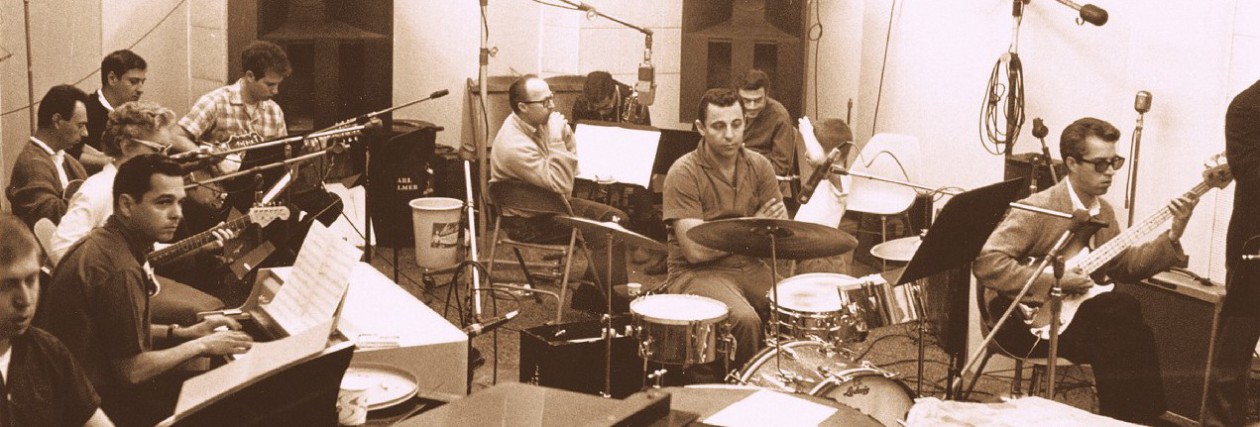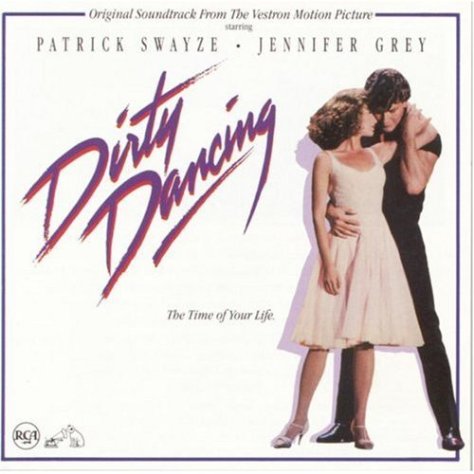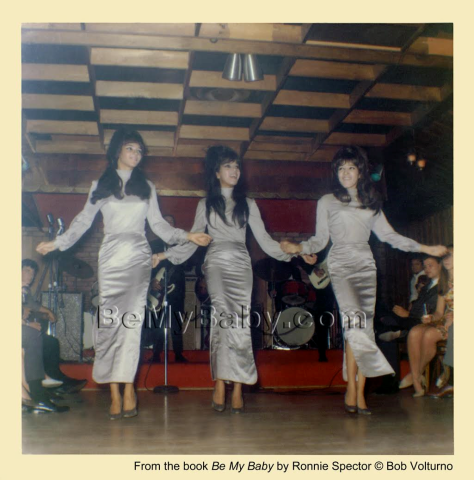Sean MacLeod: “Leaders of the Pack – Girl Groups of the 1960s and Their Influence on Popular Culture in Britain and America”
**** (4 stars out of 6)
If you’re going to write a book on the 60s girl group genre you have different ways of going about it.
You could focus mainly on the groups themselves and compile a sort of estrogen-dripping encyclopedia devoted to 60s femme pop like überfan John Clemente has done with the much cherished ‘Girl Groups: Fabulous Females that Rocked the World.’ You could also broaden the scope and reflect upon the wider social and cultural significance of the genre’s output – this has been done somewhat by Alan Betrock in his ‘Girl Groups: the Story of a Sound’ and more extensively by Jacqueline Warwick in ‘Girl Groups, Girl Culture: Popular Music and Identity in the 60s’

There are of course also those who highlight the girl group phenomenon as just one of many examples of women making their voice felt in popular music through the decades; Lucy O’Brien’s ‘She Bop: the Definitive History of Women in Popular Music’ or Gillian Gaar’s ‘She’s a Rebel: The History of Women in Rock’n’Roll’ come to mind.

Even though there are already plenty of books out there covering the various angles on girl group history, I recently became aware of yet another book about the subject that could be of interest to Cue Castanets readers. ‘Leaders of the Pack: Girl Groups of the 1960s and their Influence on Popular Culture in Britain and America’ by Sean MacLeod came out in 2015 and as the loooong subtitle indicates, it’s a book that tries to do a little bit of everything; offer detailed glimpses into the careers of a few of the most notable groups, discuss their relevance and significance in connection to the era and, finally, outline how these groups, and the girl group genre itself, has had a far-reaching influence since the genre’s heyday. It’s a commendable cause and MacLeod deserves praise for his good intentions and nearly getting there.

I found MacLeod’s style of writing to be very good and informative. – and thankfully not written in an overtly academic manner. The book has a lot of useful info for readers who have just discovered girl groups, wisely singling out a few groups that are dealt with in-depth rather than tiring or confusing readers with too much info on the large number of groups that left behind a myriad of often obscure singles.
Maybe this condensed approach to telling about the genre reflects MacLeod’s work as a lecturer teaching music and media history? Using his selected girl groups as examples he carefully describes the various stages in the development of the girl group phenomena so that no readers are left behind. The Shirelles are used to exemplify the birth of the girl group sound; the Crystals, the Ronettes, the Marvelettes, the Supremes and the Vandellas are all dealt with during discussions of the genre’s climax and finally the Shangri-Las are highlighted when MacLeod discusses how the genre’s impact slowly petered out.
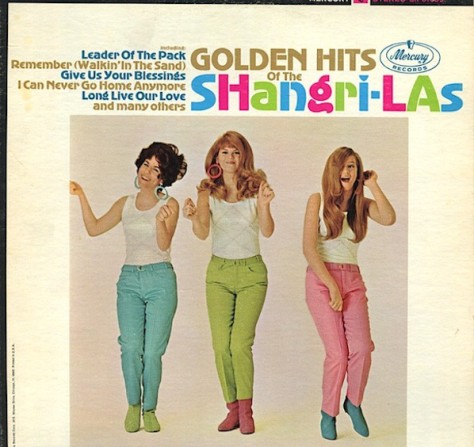
Girl group connoisseurs will probably scratch their heads and wonder why the Cookies or the Chiffons didn’t merit inclusion in standalone chapters as well as soloists befitting the genre such as Lesley Gore or Darlene Love but that minor gripe aside, MacLeods choices and the way he uses them to reflect upon the ups and downs of the girl group sound makes sense while reading the book.
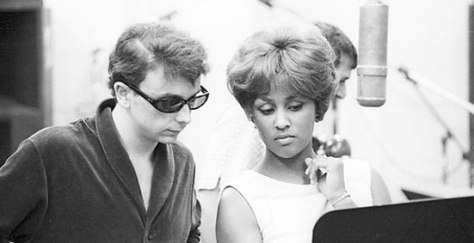
Honesly, this is a tough book to review because I knew a lot about the topic beforehand. Therefore, I quickly began to skim or skip some pages or whole chapters along the way because they state the basic facts that die-hard fans can recite in their sleep. For new fans though I’m sure this book will make for a very interesting and eye-opening read and I suspect it could be especially useful as reading material for a course in music history. A lot of songs are mentioned throughout which will surely send those just digging into the genre record-hunting or checking out sound samples online. The many fabulous girl-themed compilations put out by Ace Records through the years would be a good place to start for girl group newbies.
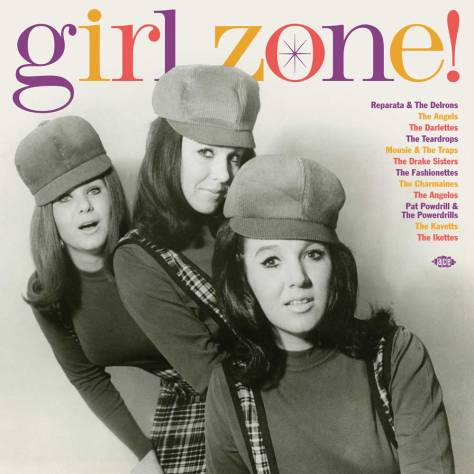
What I really like about the book is when MacLeod looks beyond the girl groups themselves and reflects upon their own influences or the way they influenced other music of their era.
He makes a really good case for how the girl group sound was not just one specific sound but more of a musical melting pot of diverse inspiration that happened to be carried by female voices. Consequently, some girl group records reflect more of a doo wop or rhythm’n’blues foundation whereas others are more to the poppier, ‘white’ side.

When MacLeod tries to pinpoint the influence of the girl group genre itself on later generations of girl singers and female musicians things get very interesting, though also at times a bit far fetched and subjective. Although I’m sure Madonna, the Spice Girls and Lady Gaga know a few girl group hits or more, I doubt the genre’s influence on their sound has been big enough to merit whole chapters devoted to the subject. But then again; Amy Winehouse certainly took her point of departure in the girl group sound so it’s definitely a topic worth discussing. I do like the fact that MacLeod doesn’t shy away from trying to connect the dots between then and now, even though some of his conclusions are debatable.
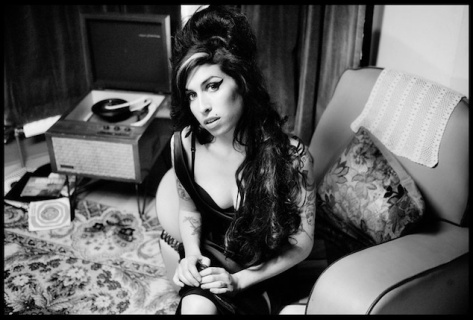
All in all, this is a fine and worthwhile book but one that’s more for casual fans than experts, hence my 4-star rating. Let me put it this way; if you know someone that you feel are ready to be introduced to this fascinating, yet criminally overlooked genre, then give ‘em a great big kiss and this book for Christmas to get them off and running!
